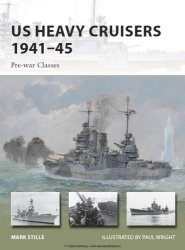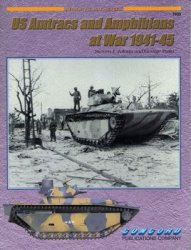Records suggest that artifacts have been investigated and prepared systematically by institutions for public display for several hundred years, for example, from the mid-nineteenth century it is known that ‘specialist restorers’ were employed by the Trustees of the British Museum. However, these would have been museum technicians or archaeologists without formal training in what is now termed conservation work.
Much of the earliest work was done without a thorough knowledge of the nature of historic materials or archaeological decay. A more limited range of chemicals and adhesives were available for use as treatments than today and little was known about the long-term effects of particular chemical treatments on an object’s condition. Non-interventive investigative techniques were basic. Individual scientists began to research the cause and effects of deterioration though lacking the advantages in technology now available to analyze objects on a microscale. The fact that archaeological practices were not always well defined or standardized, also sometimes led to poor recording practices during the conservation process.
As a result, evidence associated with a surviving artifact, such as food residues from pots or mineralized organic remains on ironwork, will have inevitably been lost through cleaning or not recognized during investigation of finds assemblages. Insufficient recording made it hard to identify the original features of the artifact as excavated and to distinguish and reverse poor or aging restoration work without further damage.
In the 1920s and 1930s, museums began to actively support scientific investigation into causes of deterioration and remedies, to assist archaeological expeditions of the time. International cooperation in the conservation of artifacts and monuments developed in earnest, and the first specialized journals began publication, notably Technical Studies in the Field of Fine Arts, published by Harvard University. Effort was made to understand and define the field of conservation, and a conference held in Rome in 1930 was an important early step in this process.
In the 1950s and 1960s conventions developed on professional conservation practice, the International Institute for the Conservation of Artistic and Historic Works (IIC) began its work and specialist training courses were introduced, such as the Diploma in Conservation at the Institute of Archaeology, London. The UK’s Museums Association agreed that those qualifying in this diploma could become accredited members, improving the status of conservators within museums and archaeology.
National conservation institutes representing conservators in individual countries followed, setting up standards of practice and codes of ethics. These bodies also help to support the sharing of knowledge and experience and communication of the benefits of good conservation practice. In recent decades graduate and postgraduate training has become the standard entry requirement for archaeological conservation and schemes have been established for the professional certification or accreditation of conservators.




 World History
World History









